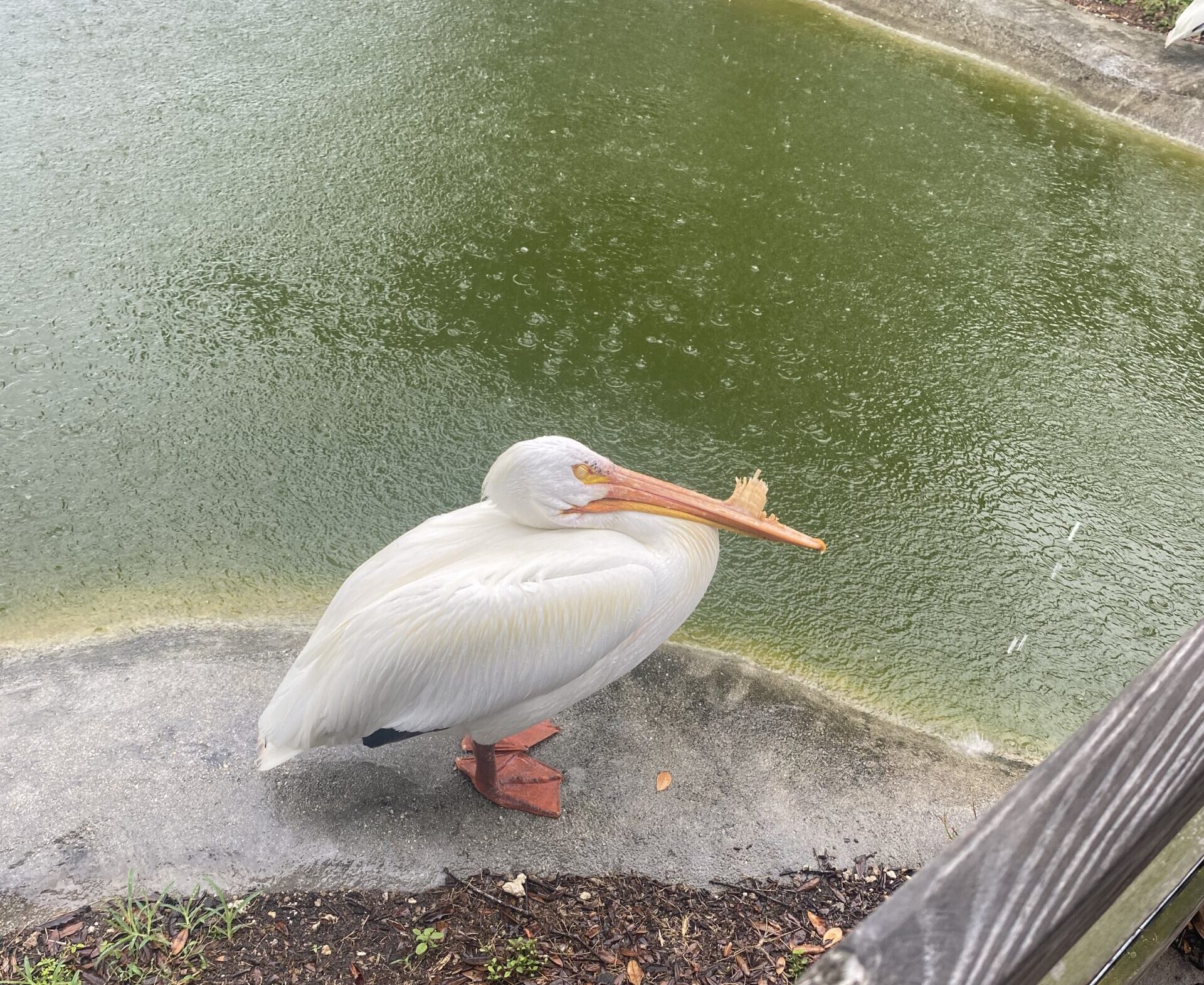Photo Credit | Faith Williams
Zoos are a big attraction across the world. However, the U.S. has the most zoos than any
other country, with over 430 accredited zoos. There is a total of 2,800 “animal exhibitors” licensed
through the U.S. Department of Agriculture. If you look at any website that these “animal
exhibitors” have, they are bound to say something about the great things they are doing for wildlife
conservation. Painting a beautiful picture of this company supporting conservation efforts and
helping wildlife around the world. However, how much of this is true? How much trust
should we put in these companies?
Today, only 10% of the 2,800 licensed “animal exhibits” are a part of the Association of Zoos and
Aquariums. This association evaluates these animal exhibits to make sure they are ethical
and up to code. Ensuring that they are following all of the AZA guidelines, which include proper
animal welfare, animal husbandry, and ethical operations. The large amount of animal exhibits in
the U.S. that are not a part of this organization shows that there is a strong possibility that they are
mistreating their animals. However, this is not all of the evidence gathered against these
“animal exhibits.”
In 2013, a documentary called “Blackfish” gained a lot of traction in the media.
This documentary revealed the horrifying truths behind the mistreatment of orcas under
SeaWorld captivity. The film shows the mistreatment of one specific killer whale named Tilikum.
Tilikum killed 3 people, two of them being his personal trainers. Tilikum had not purposefully
killed his trainers, he was stressed and mistreated by other whales, which was an issue that should
have been fixed by his caretakers.
After he killed his third victim, he eventually succumbed to a bacterial lung infection after 33 years in captivity. Despite the controversy that SeaWorld faced due to “Blackfish,” they are still running to this day, still having orcas in captivity and performing shows with them. Tilikum’s case opened the public’s eyes to the mistreatment of animals in captivity. Yet, if you look at the SeaWorld website today, you can see how “dedicated” they are to animal rescue and conservation. A common theme amongst most animal exhibits.
Most, if not all, of the animal exhibits in the U.S. have some claim of being involved in
conservation efforts. Whether that is a percentage of their funds going to conservation, or them
claiming that some of their animals cannot be released back into the wild. Some exhibits are
speaking the truth about this, but a lot of them do not. According to National Geographic, it is
estimated that less than 3% of funds that accredited zoos make go toward conservation. The rest of
the money is used on hi-tech exhibits, better animals, or marketing to boost their profits. National
Geographic later states that most of the zoos that are not affiliated with the AZA do not spend any
money on conservation efforts. Even with all of the money that zoos get, they still fail to give
animals the care that they need. Lacking in space, food, and veterinary care.
The average lion in the wild has a territory that is between 557 million to 11 billion square feet. In
zoos, they are often given at least 1,000 square feet per lion. Lions are not given nearly enough
space to roam in zoos, instead, they are designated to a small area. It is not reasonable to expect
zoos to give lions the same amount of space they get in the wild. But it should be reasonable to
expect zoos to not unethically breed lions in conditions that may cause stress for their species.
Given the case of Tilikum that was previously mentioned, too much stress on an animal can lead
to casualties for the trainers and the animal itself. A lot of zoos do initially take in animals that are
not fit to return to the wild, whether that be due to physical disabilities or due to them being pets
previously. Yet zoos breed these animals to get the cute babies that bring in more visitors. This can
lead to unethical husbandry of animals and inbreeding. But there is a light in all of this darkness.
There are many ways that people can go against unethical animal exhibits. These exhibits rely on
the income that they get from donations or visitors that they get.
Although the exhibits can teach kids about animals, schools or parents can instead show kids nature documentaries or shows that accurately portray animal behavior in the wild. The public can still go to certain animal exhibitors that are ethical by going to the AZA zoo and aquarium finder. This will show you the exhibits that are near you that are a part of the AZA and that meet all the requirements that the AZA has.
The public can fight against animal cruelty. Many groups have petitions and are working on getting animals released from captivity. By spreading the truth and signing petitions, we can slowly devolve the
ideal image of zoos that many people have.








This is disturbing. Is there a way to know what zoos are treating their animals ethically? I don’t want my ticket to support mistreatment of animals.
Yes! The AZA, the Association of Zoos and Aquariums, actually has a website that lists all of the animal exhibits that meet their standards and are a part of the association. The association holds the zoos to a high standard and makes sure that they are doing everything ethically.